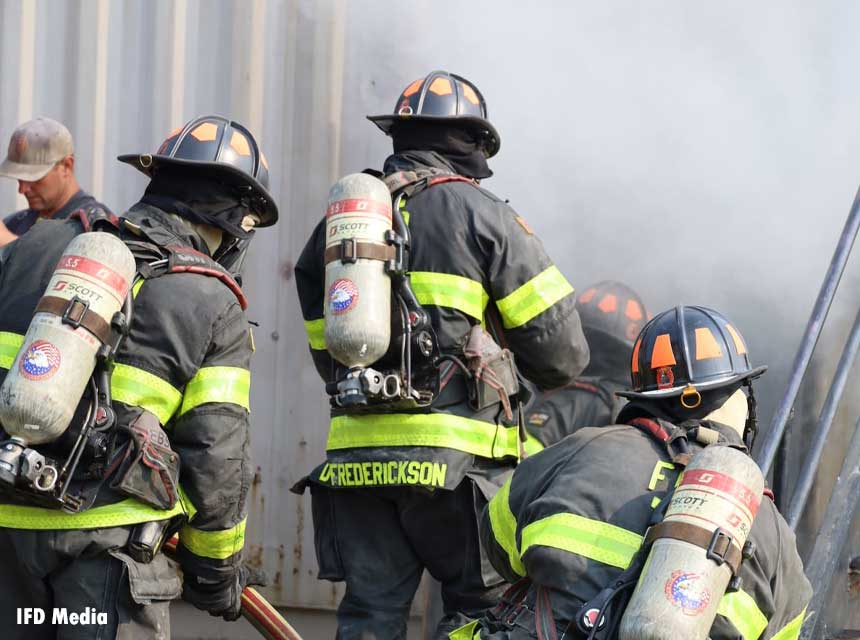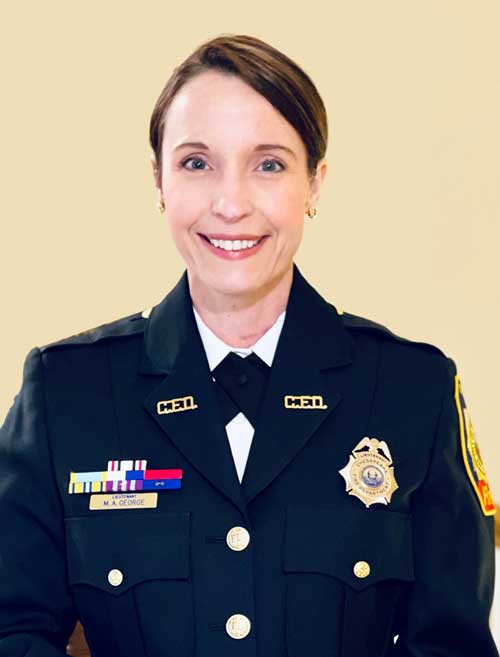Mandy George reviews the basics of the fire service, how to become a firefighter, and how to join a fire department

People are introduced to the fire service in a variety of ways: some discover this career field in high school through vocational programs that focus on fire and EMS certifications; some work to enter the field after years of military experience in which firefighting or damage control were a large part of their duties, and others have ties to the public safety field through family or friends. These groups have “insider knowledge” that a potential firefighter learning of the career field through a job fair or an Internet posting might not have. Recruiters often say this insider knowledge is not essential to securing a job in the public safety field. However, navigating a complex application process involving interviews, certification requirements, and a new vocabulary of words like “CPAT” and “HAZMAT” without a strong support system can make fantastic candidates overwhelmed and change their minds about becoming firefighters. This article is the first in a series that will explain what the fire service is and how the system works. It will also explore what it takes to make it through the application process and be a successful newcomer in this career field.
What Is the Fire Service?
Fire service organizations are very tight-knit with a family-like work culture. History and tradition have been vital to shaping this industry. It is important to note that while people have been putting out fires since the beginning of civilization, no one will ever do it with the passion, determination, and innovation of a firefighter. This comes from the pride of self-sacrifice and community service. It comes from seeing people on the worst days of their lives and doing all you can to make it better for them: customer service at its finest.
The fire service industry has evolved from bucket brigades, where people would stand in a line and pass buckets of water to each other to pour on the fire, to the development of fire trucks capable of delivering more than 1,000 gallons of water a minute to extinguish blazes and make environments safe to rescue people. The gear firefighters wear and the policies they follow have also improved with the times. The improvements have been based on scientific innovation and the desire to save more lives and property. When you learn specifics about the fire service in the fire academy or in your interview preparation, you will learn about the influence insurance companies had on this process, how many firefighters a year die in the line of duty, why they die, and what is continually being done to make the job and the environment safer for the community and for firefighters. These elements show why many say this profession is a calling and not just a job.
How is the Fire Service Structured?
One surprising element of the fire service, compared to other industries, is the organizational structure of it. For a large portion of the United States and especially in rural areas, many of the fire service opportunities are unpaid, which means volunteer. Some are a combination of paid and volunteer. They are called combination departments. Departments that are called “career” are the ones with all paid positions. Your ability to pursue unpaid work is something you will want to determine early on in your application process. Be sure you are clear on the type of position you are choosing to pursue prior to submitting applications and travelling for testing or interviews.
In addition to the structure of individual departments, each agency, locality, or state may have different requirements they expect their firefighters to meet in order to be released to work in the field. Some of these certifications and standards have to do with driving. You may see the words EVOC or DPO listed as requirements. Some of them have to do with meeting basic firefighting skill and safety requirements. There is a national standard for these elements from the National Fire Protection Administration (NFPA), but these standards are not federal or state laws. Because of this, you may see a wide variety of expectations if you are looking at applying to many departments across the country. In a future article, we will go into greater detail about the different types of certifications, what they mean, and how you can earn them. Just know at this point that if you are looking for consistency across all fire departments, you will not find it. It is important to be flexible and keep an open mind as you explore job postings across the country.
How Do I Apply to Be a Firefighter?
How do you apply? That’s an excellent question! After a lot of research and preparation. The first step in the application process will be to research what a firefighter does. You can read magazines, look online, follow this series. Then, find a department that is currently hiring. Hiring process windows are often very short for firefighter application periods, so it is vital to keep a watch on the localities that interest you the most. Check their human resources (HR) and fire department specific Web sites and social media accounts on a weekly basis. There are some HR departments that offer to take your name and information so they can contact you when a process opens up. Do not rely on this as your only source of information. Follow up yourself. You can call or e-mail departments and ask for dates, however HR will often refer you to the Web sites or social media for updated information.
Climbing the Ladder of Success: Demystifying the Hiring Process
Fire Department Interviews and the Informational Vacuum
Getting on the Job: Before the Testing Starts
When you see a process open up, apply immediately! Fill out all of the information in the application even if you attach a resume. Use correct punctuation and capitalization. Add in your requested work experience and give descriptions of the jobs you have done. It makes a difference if your descriptions are detailed and mention items such as “customer service,” “attention to detail,” and “teamwork” even if you have no firefighting-related experience. Many departments do not expect to hire people with firefighting experience. They do, however, expect to hire people who can get along with others, complete projects, overcome adversity, show safety consciousness, and exhibit punctuality.
What Happens Next?
The total hiring process for a fire department position can take a couple months to more than a year. After the initial application is processed, it will be reviewed and what happens next will be determined by the human resources process of the specific locality. Some of the usual components are a written test, a physical ability test, a panel interview, and an interview with the fire chief. Don’t be overwhelmed! There are ways to prepare for each of these steps and often plenty of time to do so. Next we will go over the certifications you may see in job listings and take a deeper dive into what they actually are and whether or not they can benefit your application process. This will also show you the wide variety of jobs and responsibilities firefighters have and give you a better picture of your future potential career field. In the meantime, check out firefighter job postings around the U.S. and see what might be a good fit!

Mandy George is a lieutenant in the Chesapeake (VA) Fire Department. She is a training officer who works with a strong team to facilitate the training needs of a 500-member department of sworn and civilian personnel. She has a master’s degree in emergency and disaster management, a master’s degree in professional writing, and an associate’s degree in emergency medical services. She is also a Nationally Registered Paramedic (NRP).

